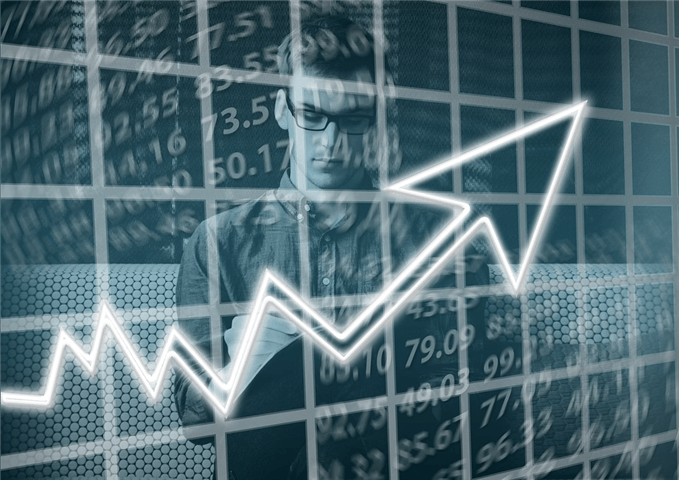Getting started in the trading game takes hard work and dedication. You need to understand the markets, financial instruments, and trading strategies well. But with some guidance, you can get up to speed quickly. The experts at WB Trading review some of the basics that can help you start trading.
Know The Financial Instruments Available
First and foremost, you need to understand the different financial instruments available for traders. These include stocks, bonds, commodities, currencies, and derivatives such as futures, options, and swaps. Each instrument has its advantages and disadvantages, so knowing which instrument fits your trading strategy best is essential.
Traders must understand how trading products can be acquired and utilized. Stocks, bonds, and ETFs are bought through a broker or trading platform. Commodities and currencies are usually traded on an exchange like the Chicago Mercantile Exchange (CME). Futures, options, and swaps are often traded over the counter directly between two parties.
Understand Market Dynamics
Next, traders should have a good grasp of market dynamics. It refers to understanding the movements of different markets and how they are affected by economic conditions, news events, and other factors. For example, when oil prices rise due to an unexpected event in the Middle East, this often affects currencies like the US dollar or Euro. Knowing how different markets are connected and how to interpret patterns in these movements is essential for traders.
When traders understand market dynamics well, they can better predict how markets will react and adjust their trading strategies accordingly. They can also identify what kind of opportunities exist in different markets and position themselves accordingly.
Develop Your Trading Strategy
Traders need to develop their trading strategy. Organizing a trading strategy involves choosing which financial instruments to trade and how much capital they are willing to risk on each trade. It also means understanding the risks involved and planning for when things don’t go according to plan.
For example, a trader may focus on long-term investments like stocks and ETFs with minimal leverage or risk. Or they could opt for short-term trades – such as day trading futures options contracts – which require more capital and have higher associated risks.
Once traders have developed their trading strategy, they need to keep track of their investments and monitor performance. Monitoring requires careful record-keeping and regular trades review to ensure they are meeting their trading goals.
Use The Right Tools
Traders must use all of the available technology and tools to make the most profit from trading. Charting and analysis software can help traders better understand the markets and make more informed decisions about when to buy or sell. There are also automated trading systems that can analyze market data in real time and make trades on behalf of the trader.
In addition, many trading platforms offer news feeds so traders can stay updated on financial news and events that may affect their trades. Finally, traders should also stay informed about changes in regulations and tax laws that could affect their trading activities.
More experienced traders may also want to use advanced trading strategies such as algorithmic or high-frequency trading. These require specialized knowledge and understanding of the markets, so traders should ensure they are well-prepared before attempting these strategies.
Final Thoughts
With some guidance, the experts at WB Trading review know getting started with trading can be a relatively straightforward process. By understanding the financial instruments available for trading, having a good grasp of market dynamics, and developing an intelligent trading strategy, traders can improve their chances of success in the markets. Additionally, using the right technology and tools can maximize their profits while minimizing risks.




